
OTTAWA – Canadian arms companies were given free rein last year as the federal government tripled the amount of military weapons and ammunition licensed for export to foreign countries to more than $12 billion.
The largest benefactor at $4 billion was Saudi Arabia, which is believed to have used Canadian-made armoured vehicles to help put down antigovernment protests in neighbouring Bahrain during the early days of the Arab Spring.
The government figures, tabled in the House of Commons a few weeks ago, do not say exactly what Canadian-made arms the government approved for export or how much was actually delivered.
But the total in government-approved arms export licences for Saudi Arabia was more than 100 times the $35 million approved in 2010.
The Middle Eastern kingdom also has quietly purchased hundreds of LAV-3s from General Dynamics Land Systems in London, Ont., over the years and was expected to receive more than 700 last year.
The LAVS are synonymous in Canada with this country’s combat mission to Afghanistan, where the wheeled, armoured vehicles earned their stripes as the military’s main workhorse.
Video and photos shot by protesters and media outlets in March 2011 showed Saudi troops using LAV-3s to suppress an uprising inspired by events in Egypt, Tunisia and Libya and opposed to Bahrain’s ruling Khalifa family.
More than 30 protesters were killed, hundreds wounded and nearly 3,000 arrested in the joint Saudi-Bahraini crackdown, which was largely ignored by Canada and other Western states because of Bahrain’s strategic relationship with the U.S.
In announcing this past June that General Dynamics Land Systems had been awarded a contract to provide up to 82 more LAV-3s to Saudi Arabia, the U.S. Defense Co-operation Agency wrote the deal would “serve to make a key strategic partner . . . more capable of defeating those who would threaten regional stability and less reliant on the deployment of U.S. forces to maintain or restore stability in the Middle East.”
Saudi Arabia also has a poor human-rights record, with laws discriminating against women and religious minorities as well as bans on public protests and free speech.
“Saudi Arabia responded with unflinching repression to demands by citizens for greater democracy in the wake of the pro-democracy Arab Spring movements,” reads a recent Human Rights Watch report.
The United Kingdom and Australia were second and third after Saudi Arabia in approved export licences for weapons and ammunition at $3.5 billion and $1 billion, respectively. The government also approved $58 million in arms exports to Afghanistan – bring the total since 2006 to more than $500 million – as well as $20 million to Egypt, $60 million to Jamaica and $149 million to South Africa.
The figures do not include exports to Canada’s largest arms customer, the U.S., because arms companies do not require licences to move most weapons and ammunition back and forth across the border.
The government also has approved more than $44 billion in so-called “dual-use” exports to China, which include any goods or technology that can be used for both peaceful and military purposes. This is believed to be primarily uranium and other nuclear-related products.
http://www.montrealgazette.com/news/world/Canadian+arms+exports+used+Saudi+Arabia+quash+Bahrain+protest/6200613/story.html


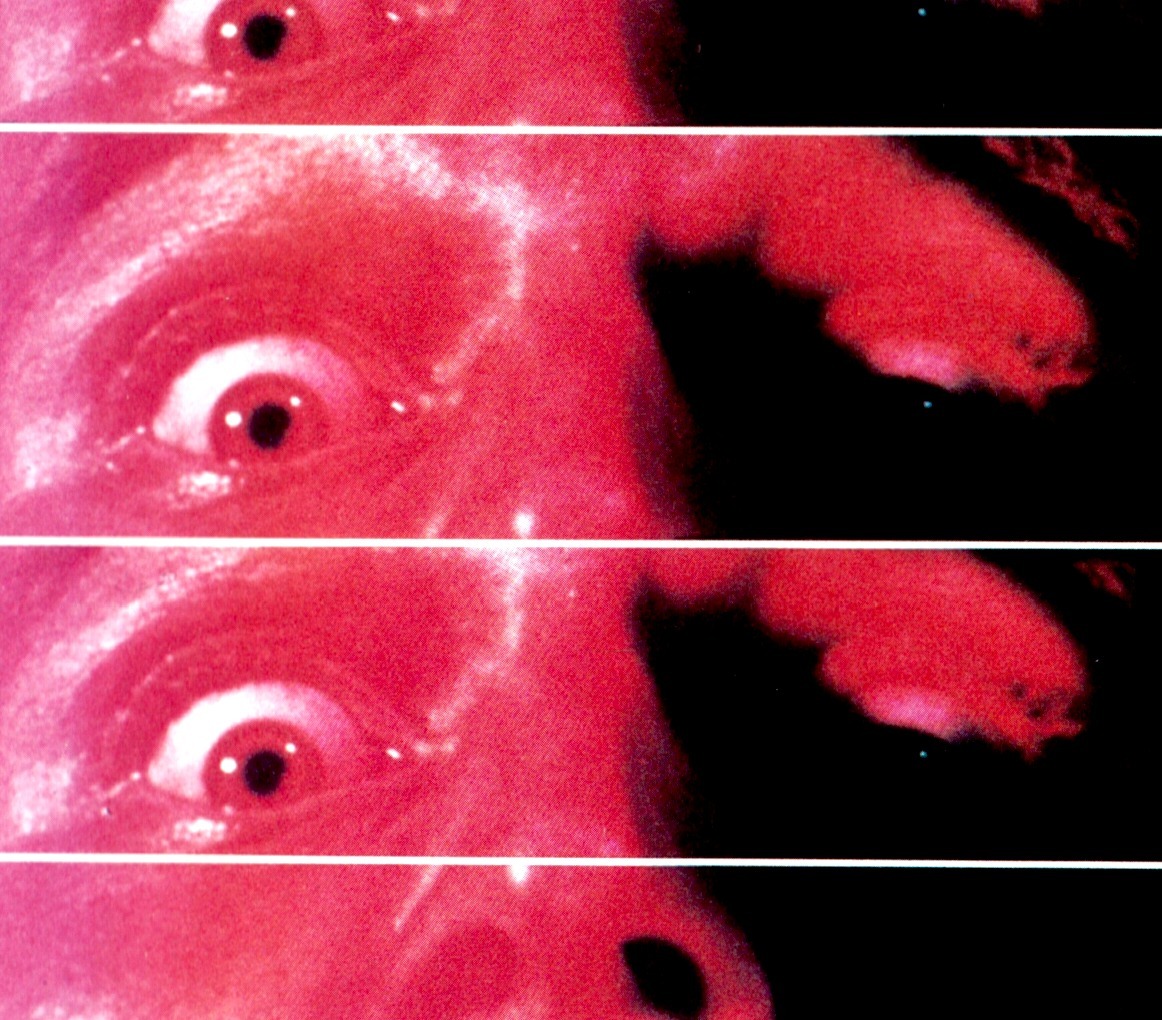
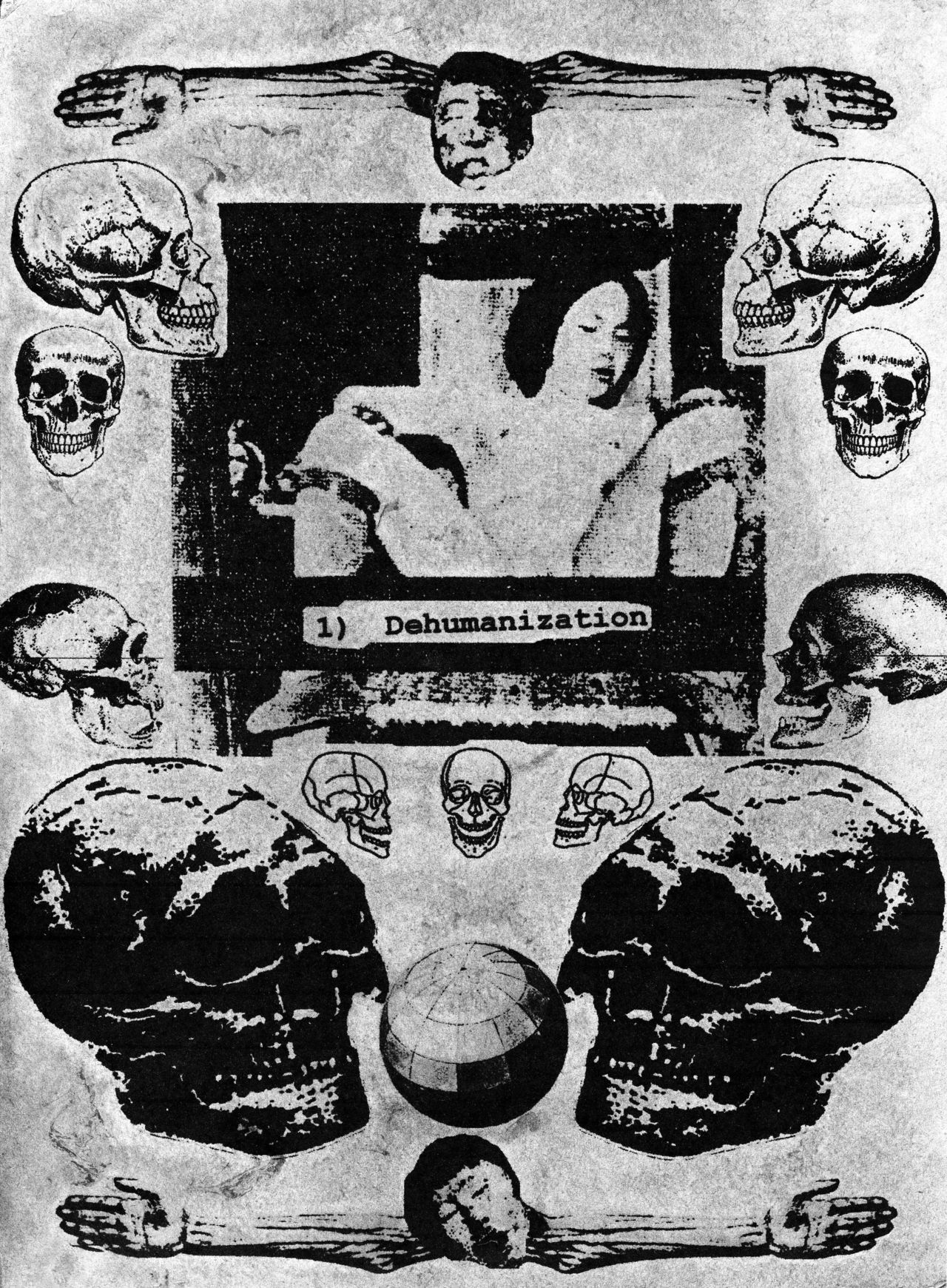

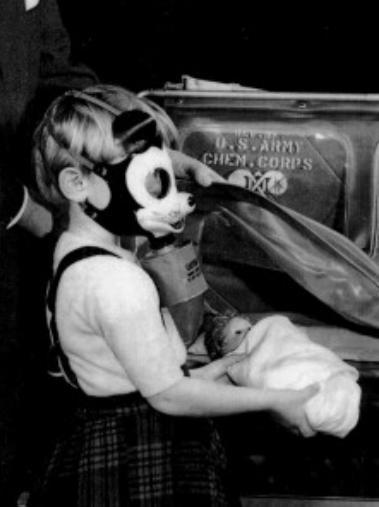
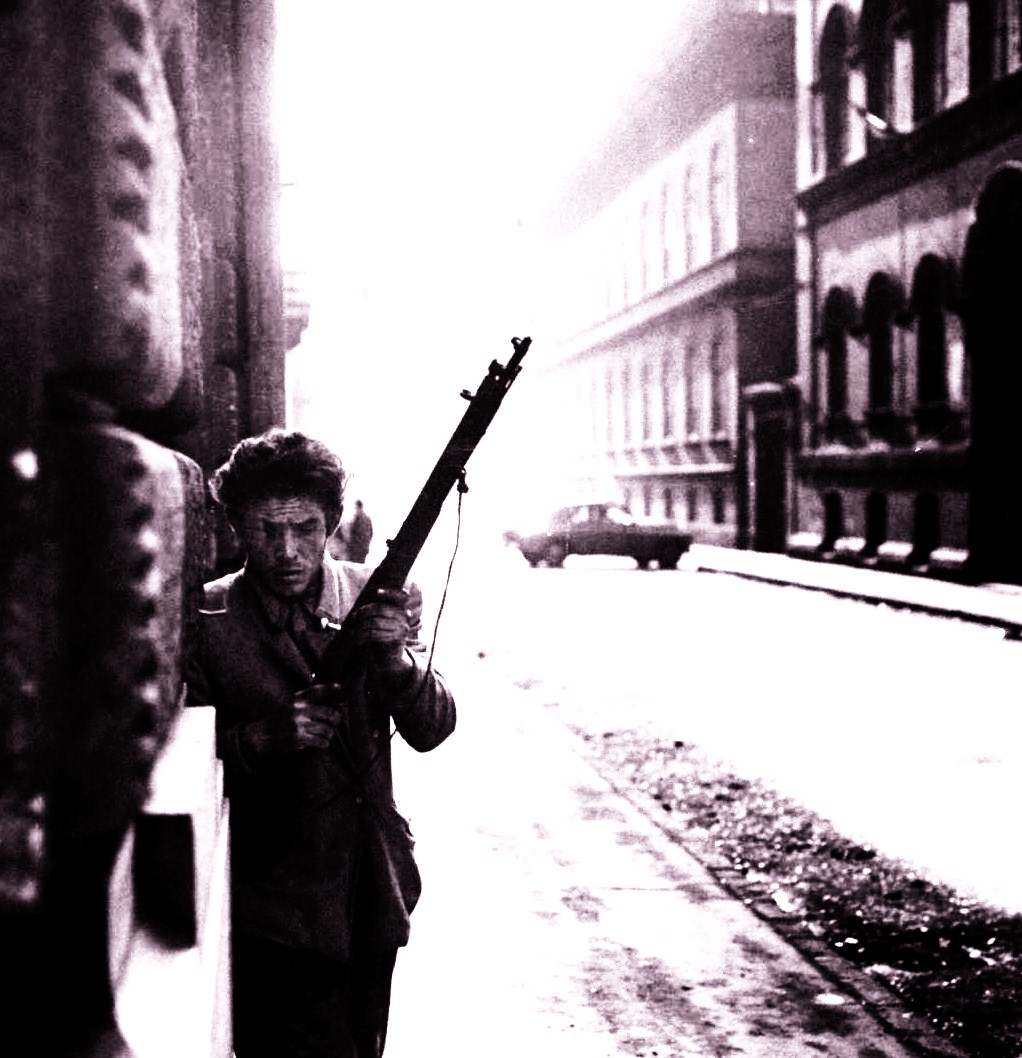
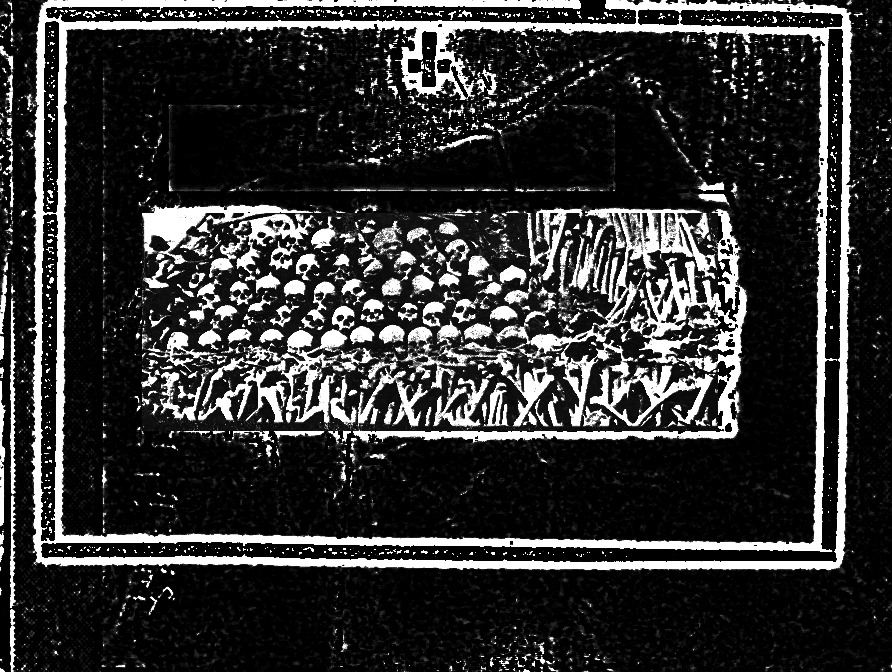
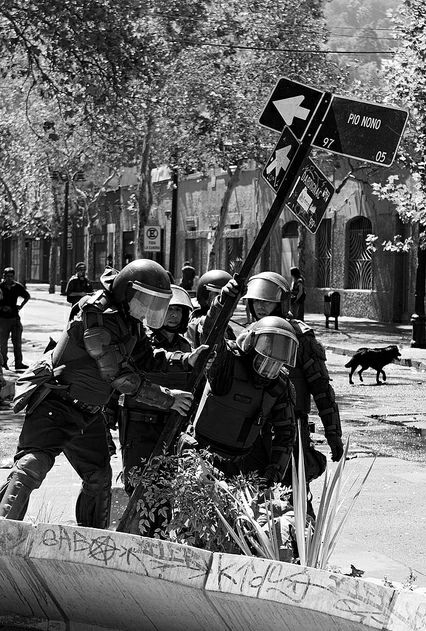
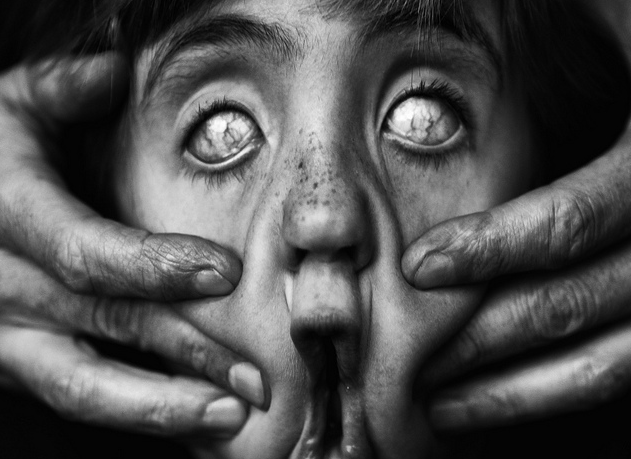


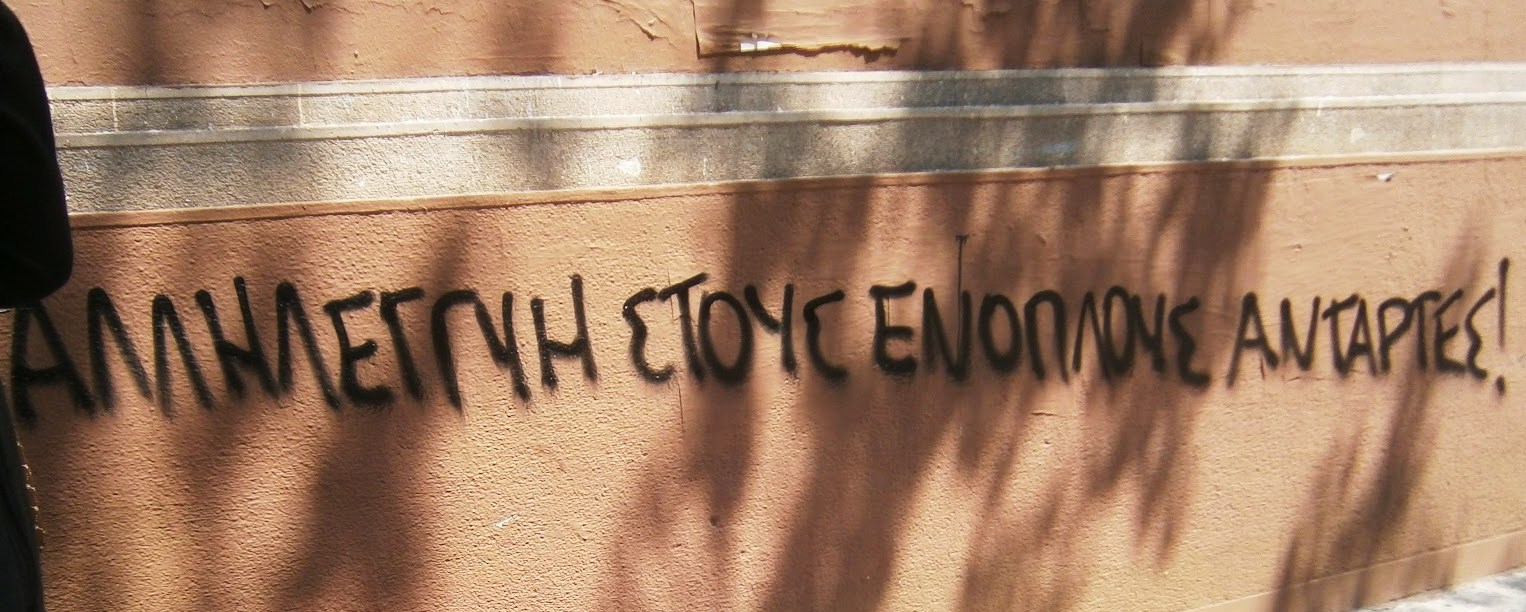

![Eurorepressione - Sulla conferenza a Den Haag sul tema "Anarchia" [corretto]](http://25.media.tumblr.com/tumblr_m0jvngOXtY1qa2163o1_1280.jpg)
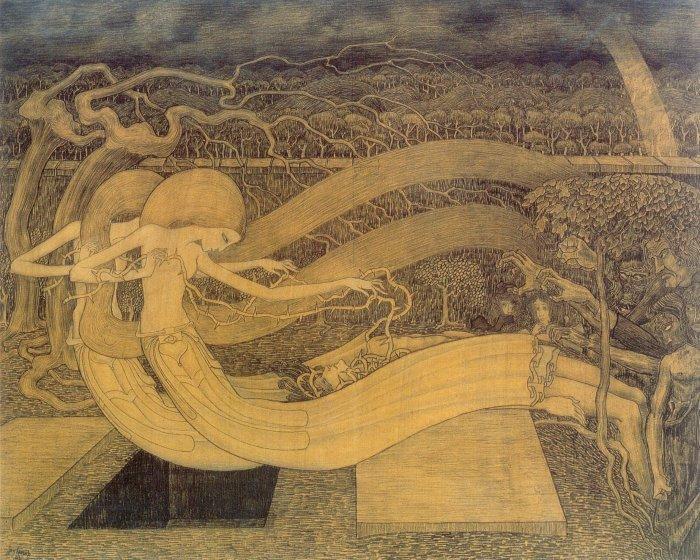
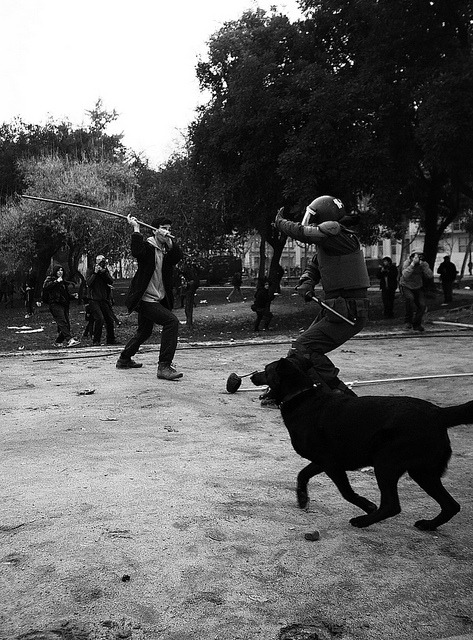
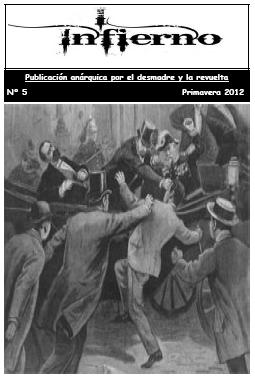
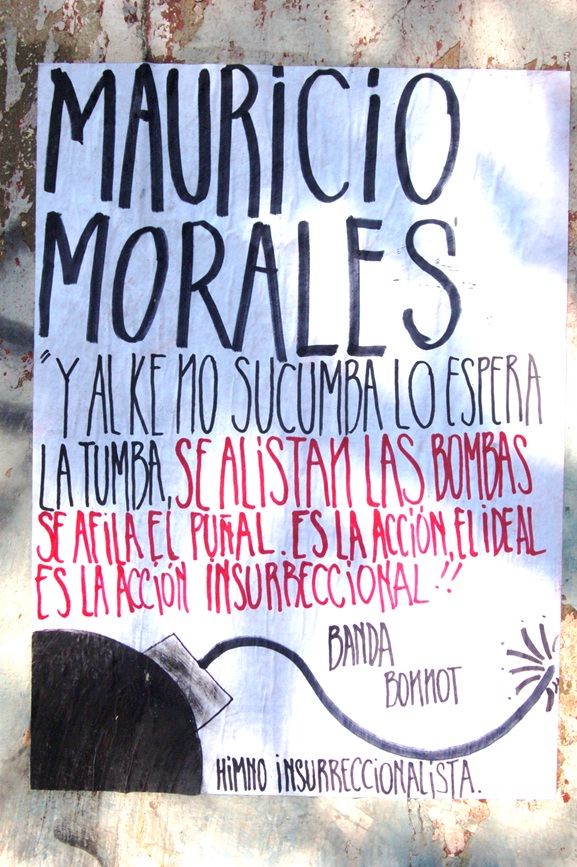
![A tres años de la Partida de Mauricio Morales: De la Memoria a la Calle [Stgo.]](http://metiendoruido.com/wp-content/uploads/2012/05/mmacividad.jpg)

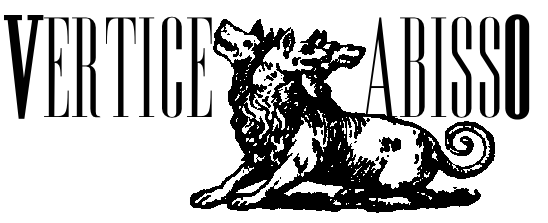



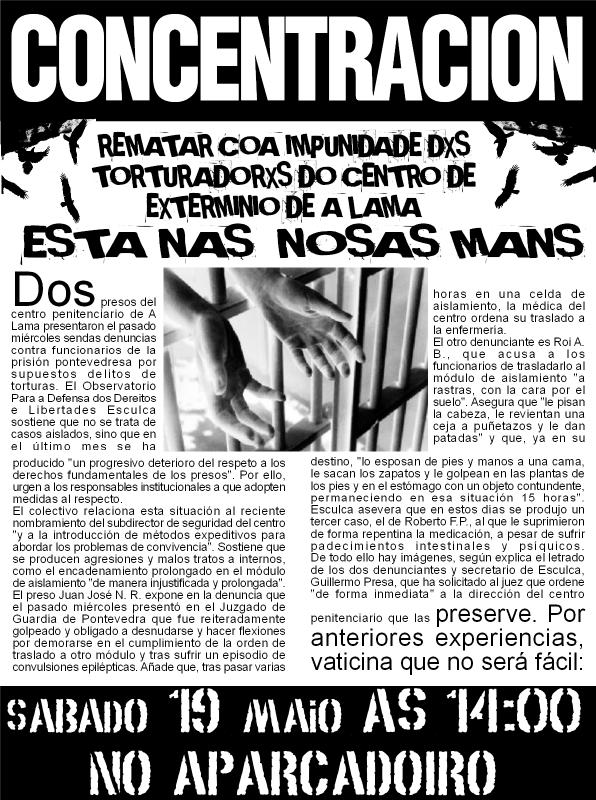

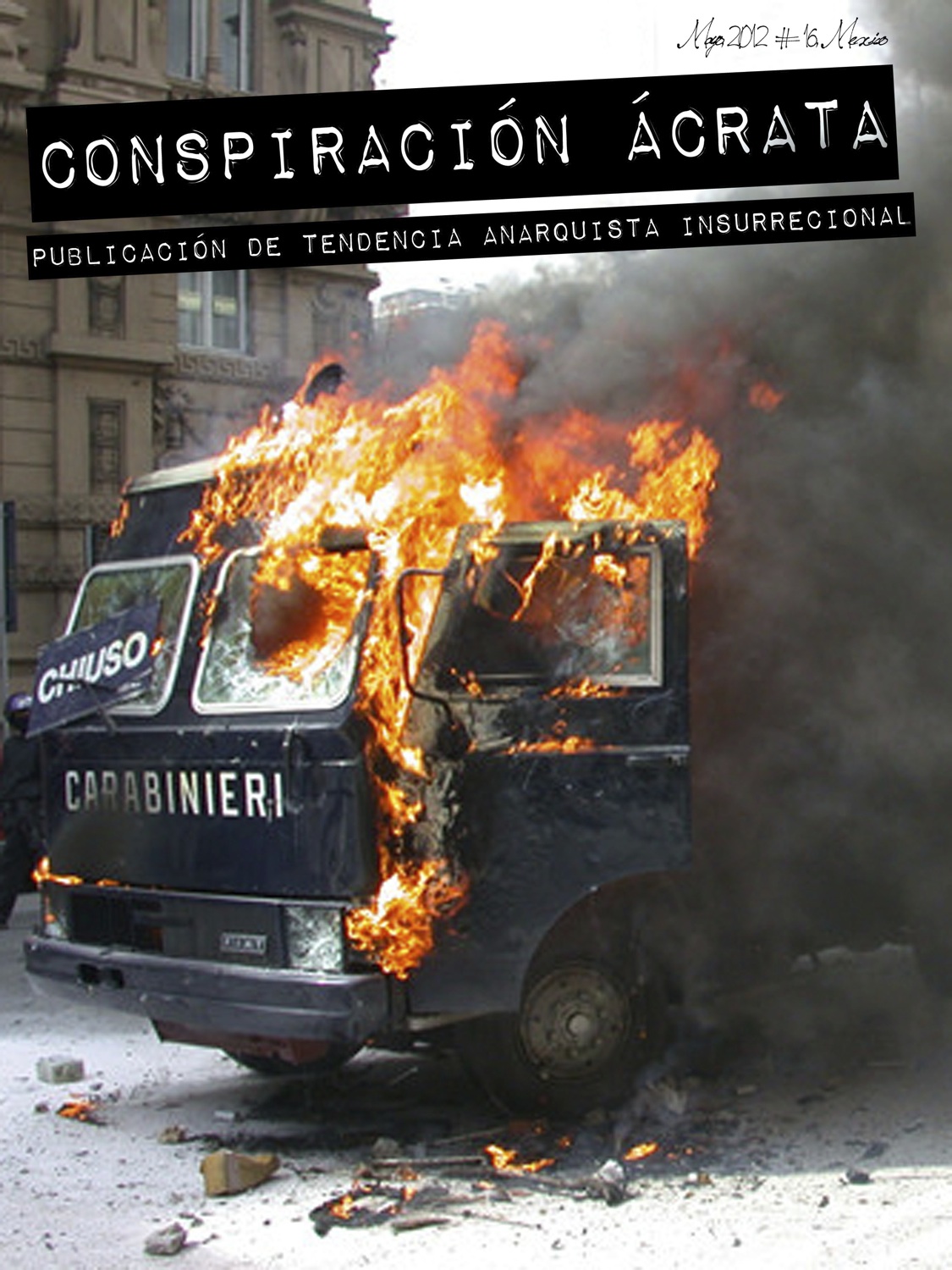

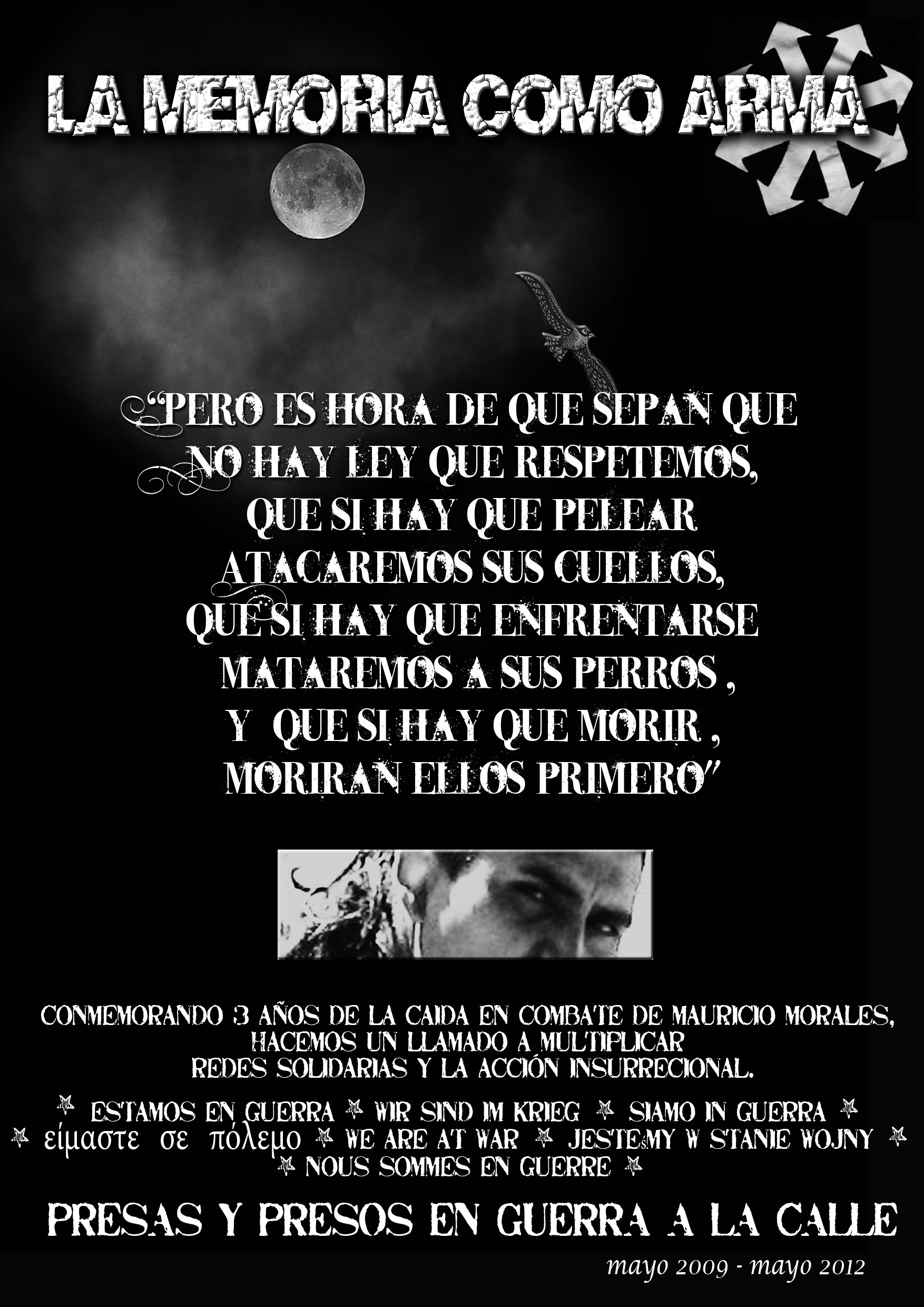
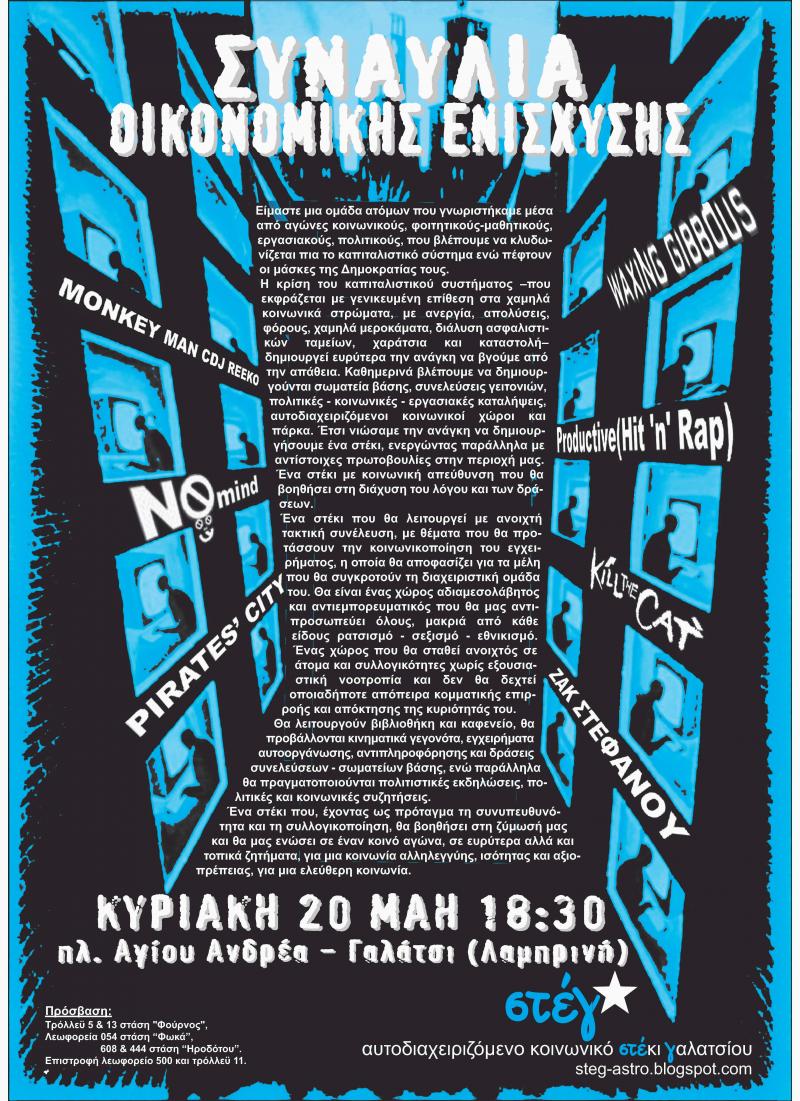








Nessun commento:
Posta un commento